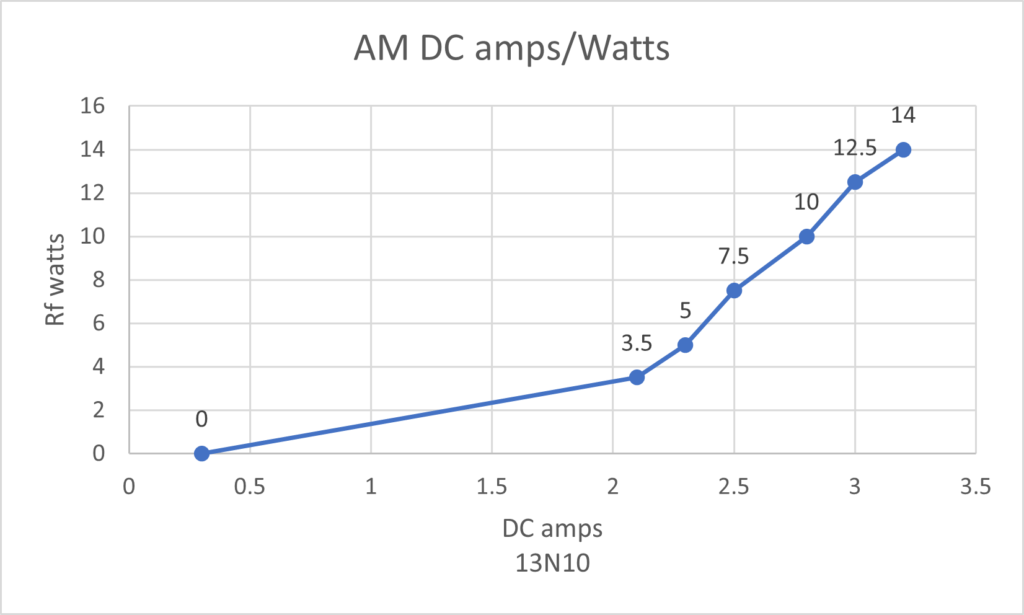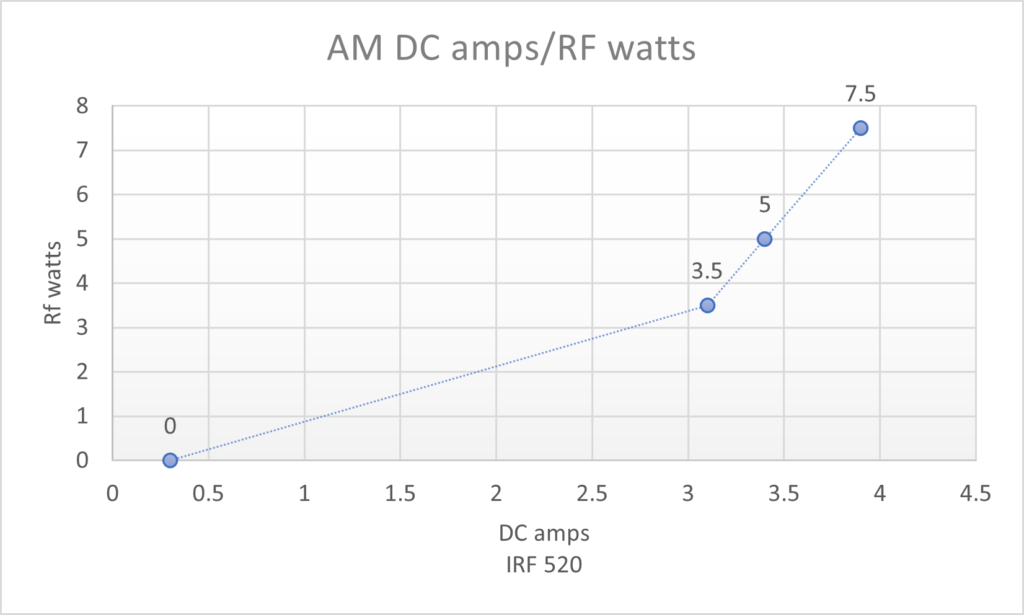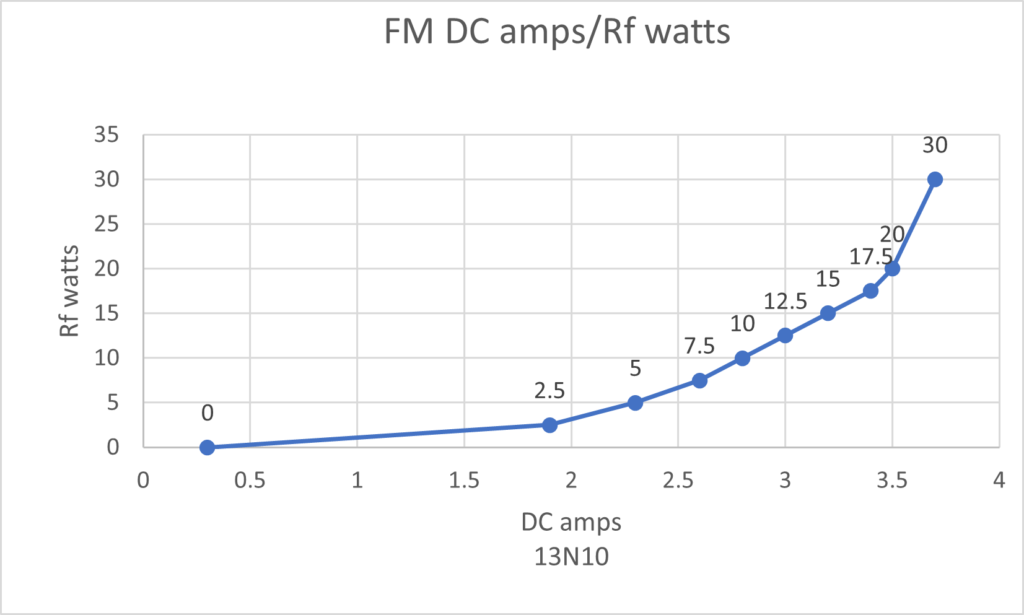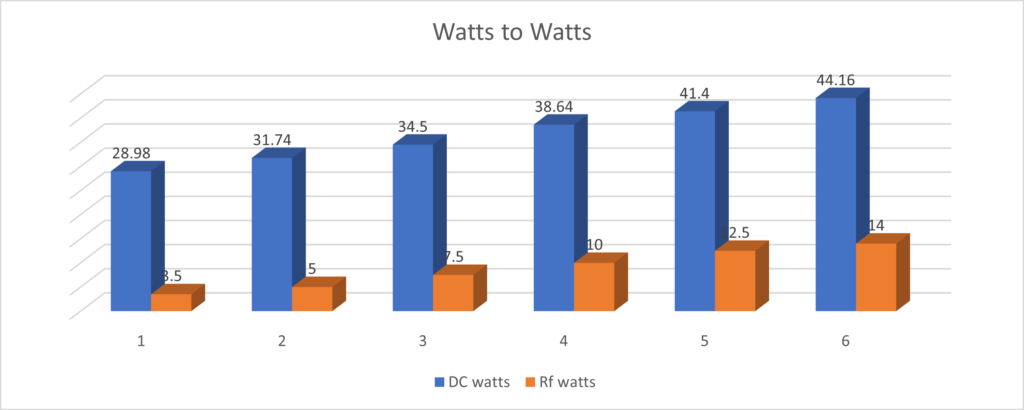
Terms:
DC: direct current
AC: Alternating current
Rf: radio frequency power
P avg: Power avg
P p: Power peak
P p-p: Power peak to peak
P rms: Power rms
I recently had a couple of folks new to the radio world ask a couple of questions about basic power and thought maybe it could be passed along here. Power: holy shit, there’s DC watts, Rf average watts, Rf peak watts, Rf peak to peak watts, and Rf rms watts. I am using the term Rf here but I am talking about Power, P avg, P rms, P p-p, Pp. The thing to keep in mind that a power measured in watts is the ability to do electrical work when an amp flows through a volt.
Power Supply to run your shit- DC Power
Watts = volts x amps (P=EI). Let’s say you are running a radio that draws 6 amps. That radio’s basic DC power requirement is 83 watts. It will be operated at 13.8 volts and drawing 6 amps at maximum power. Will a 6 amp or 83 watt power supply work? Not for long! You always want a cushion, not for pushin, well, maybe it can be looked at that way. A good radio operator practice is a 25% cushion at a minimum. So your 6 amp or 83 watt power supply requirement just jumped to 7.5 amps or 103 watts. Now good? Nope. But wait man you just said I need a 25% pushin cushion, wtf? Probably at best it might surge 7.5 amps but running continuously with, at the best efficiency of 77% will produce 5.75 amps (80 watts) out. Don’t turn the radio up to full power on FM, it might make the power supply shit the bed. So how big is big enough?
I think the best answer lies in the money, want, need WITHOUT having to buy another one category. How many times have you bought something, tried to save a few bucks, it didn’t work out, so you had to buy that second more expensive one and you spent way more then you originally planned on and basically took it in the ass. You’ll bullshit the wife and tell her you’ll sell the first one, never do, and you’re still out the coin. (Yeah I still have my first 7 amp power supply, shut up).
So how big do you go? Can’t go wrong with 25 to 30 amps (345 – 400 watts). It will run any radio and if you ever want to put a small box inline, you will have the headroom. They start about $160 and the price climbs as fast as the price of gas. Bottom line, always pay attention to the continuous amperage rating, the surge rating is typical advertising bullshit.
Power Supply Amperage and Radio Power Output
I was asked how these two correlate and my response is they don’t. DC power is straight forward. Once you get into AC or RF power, get out the old calculator because its trigonometry time boys. Voltage and current and phase angles, oh my. But the dude was looking for exact numbers. Me being the nurd that I am then had to run a 6 radio comparison of just dead key, AM and FM at different Rf wattage power output. Radio nurds- check out the draw difference between 13N10 and the IRF 520s finals.

| AM | ||
| DC amp | Rf Watts avg | |
| 0.3 | 0 | |
| 2.1 | 3.5 | |
| 2.3 | 5 | |
| 2.5 | 7.5 | |
| 2.8 | 10 | |
| 3 | 12.5 | |
| 3.2 | 14 | |

| AM | |
| DC amps | Rf watts avg |
| 0.3 | 0 |
| 3.1 | 3.5 |
| 3.4 | 5 |
| 3.9 | 7.5 |

| FM | |
| DC amps | Rf watts avg |
| 0.3 | 0 |
| 1.9 | 2.5 |
| 2.3 | 5 |
| 2.6 | 7.5 |
| 2.8 | 10 |
| 3 | 12.5 |
| 3.2 | 15 |
| 3.4 | 17.5 |
| 3.5 | 20 |
| 3.7 | 30 |
I did this to show the conversion of energy and power. A good power supply will have an amp meter on it but not a watt meter. So now let’s make it watts to watts (DC watts to Rf watts). When you look at the following chart you can see huge differences between the power needed to get the power out. Now keep in mind we are changing DC to AC but using RF power measurements in average watts (P avg) and terminating the radio into a 50 ohm dummy load ignoring any reactance that is the nature of Rf. I can do this, it’s my article. A side discussion can be had but you’re buying the beer (martini) if you feel this is misleading. (Keep in mind we’re on a resistive dummy load and not a radiating antenna).

| DC Amps | DC watts | Rf watts |
| 2.1 | 28.98 | 3.5 |
| 2.3 | 31.74 | 5 |
| 2.5 | 34.5 | 7.5 |
| 2.8 | 38.64 | 10 |
| 3 | 41.4 | 12.5 |
| 3.2 | 44.16 | 14 |
What this is expressing is that there is a loss of power, a lot. I’m not even talking about VSWR, transmission line losses or antenna theory here, just plain old efficiency where you can never get out more than what you put in. So what happens, HEAT, the destroyer. Your power supply is taking AC, converting it to DC and your radio is converting it to Rf as efficiently as it can by design but it’s making heat everywhere! After you have been yapping for a while, feel the radio. “Oh it’s a little warm”. Bullshit, put your hand on the right side of a large frame radio and it’s godamn hot. A large transistor sits there called an audio modulator. When you are transmitting a lot, that sucker is about 120 °F. It blows at 150 °F. What I’m getting at here is that it’s a transceiver, talk and listen. You don’t have to run full power all the time and please just shut up for 5 minutes. Your stuff will last a lot longer. Oh, and don’t pile the radio on top of the power supply with a box on top of that. You’ll make enough heat to warm up yesterday’s pizza. (Joule’s Law).

Mark
This article is not to be copied, redistributed, or released without the expressed permission of NBSR.
"To those who fight for it, life has a flavor the protected never know."